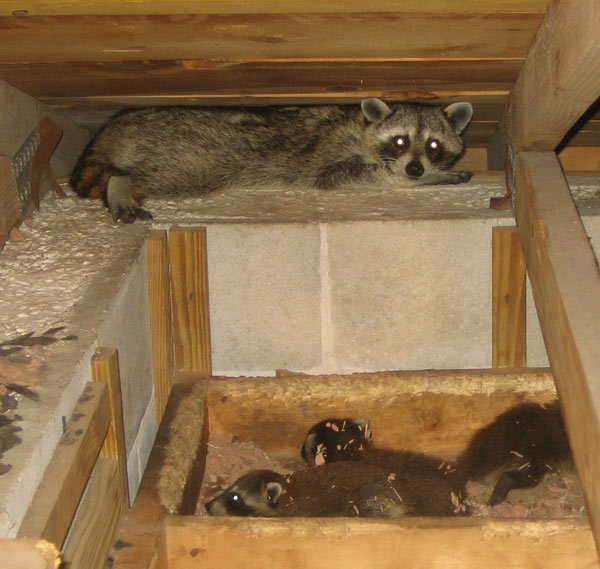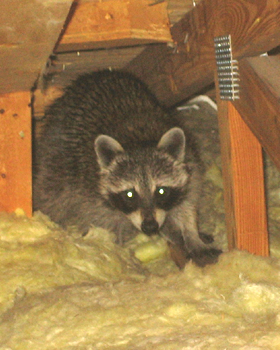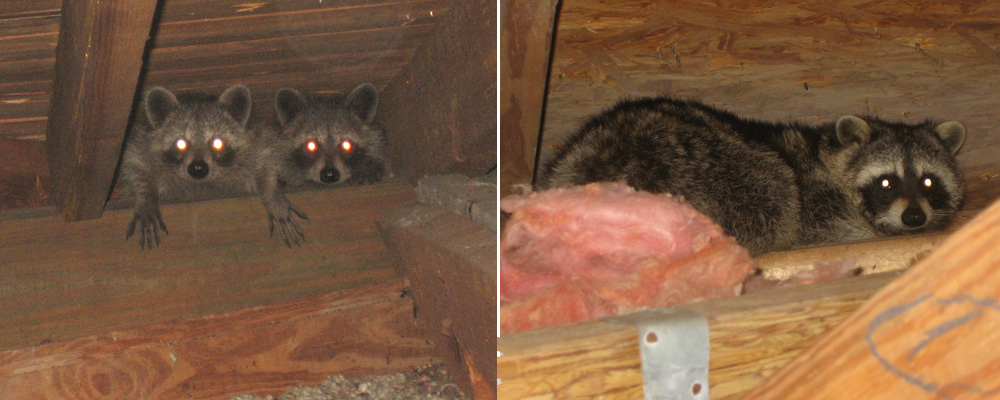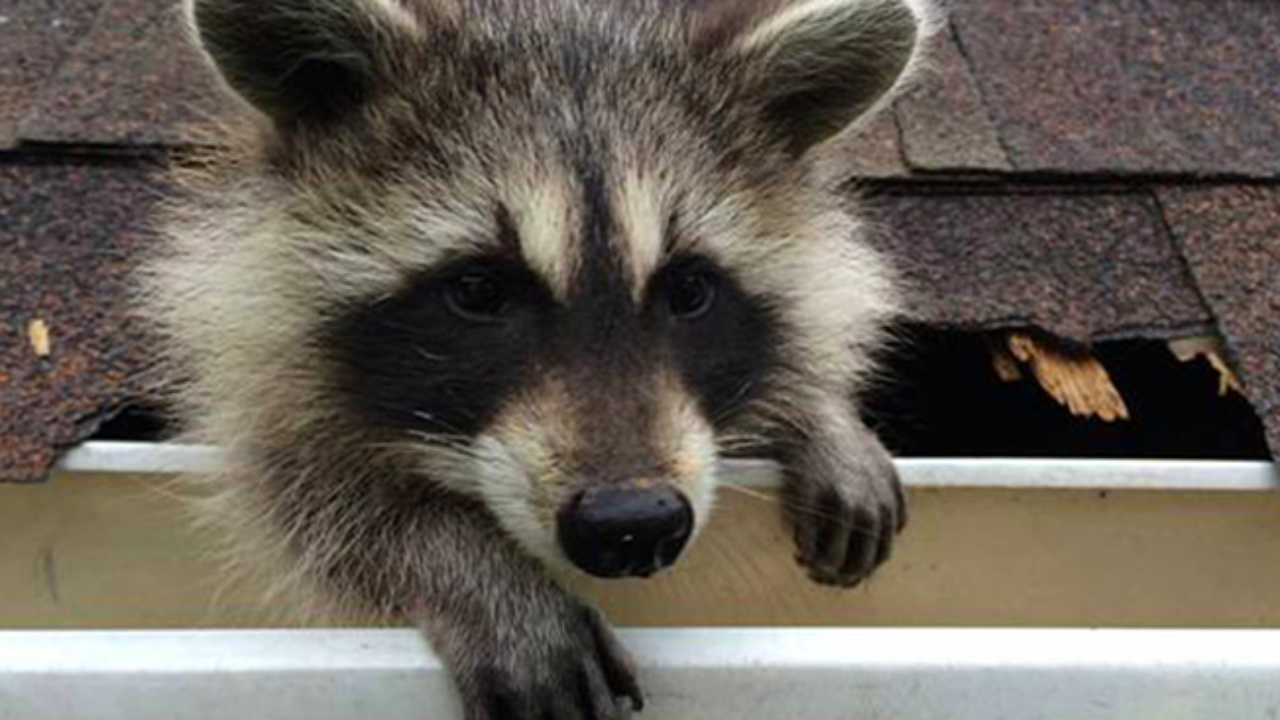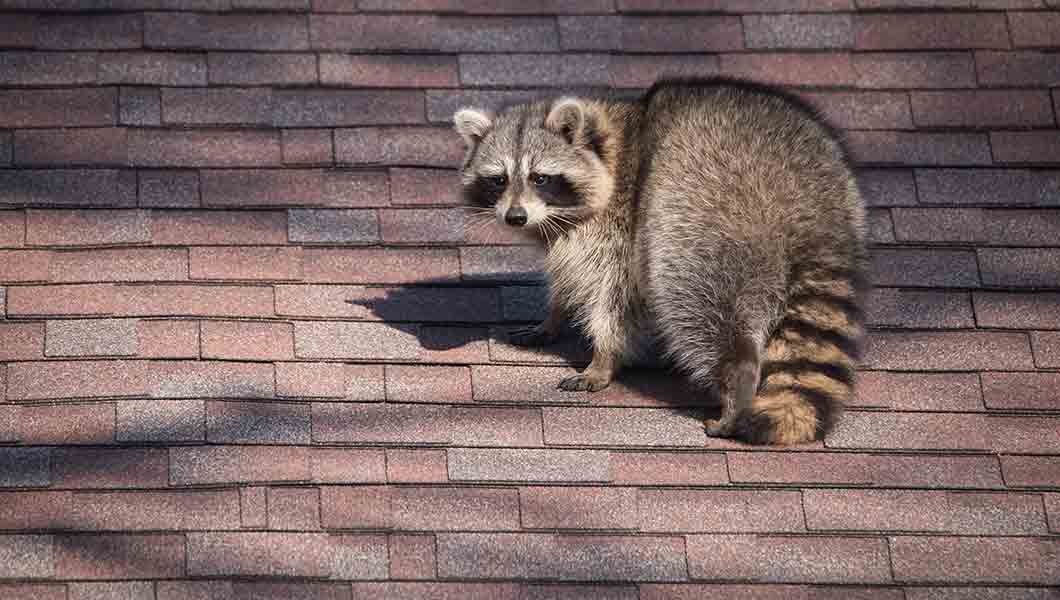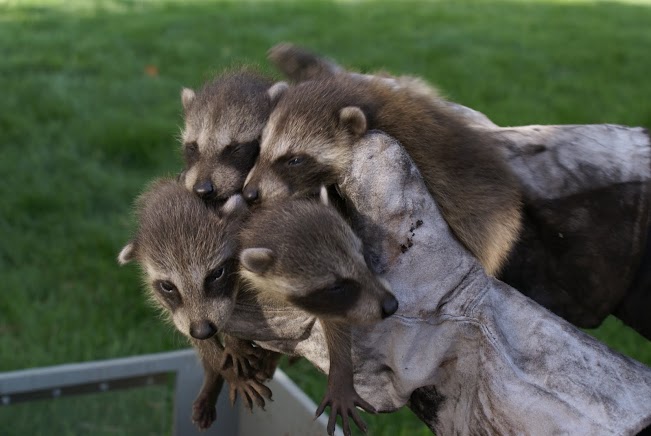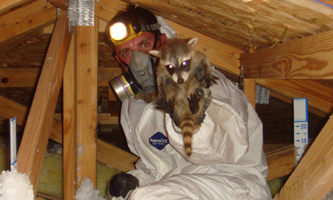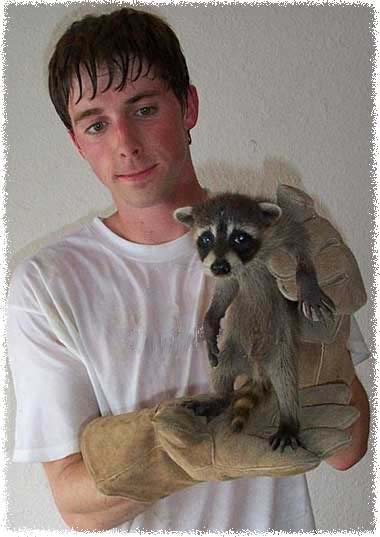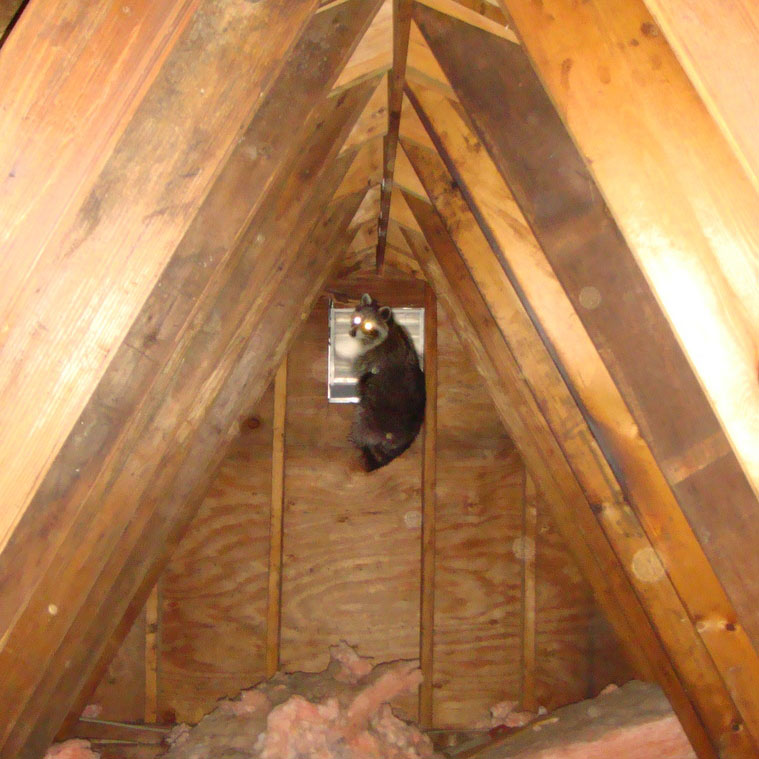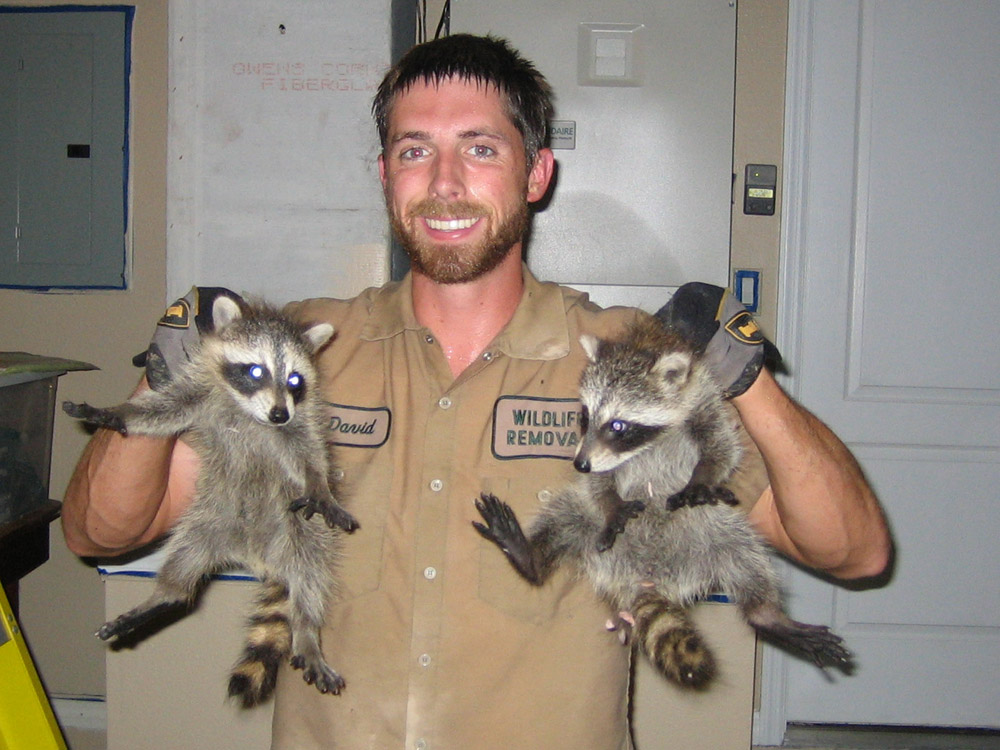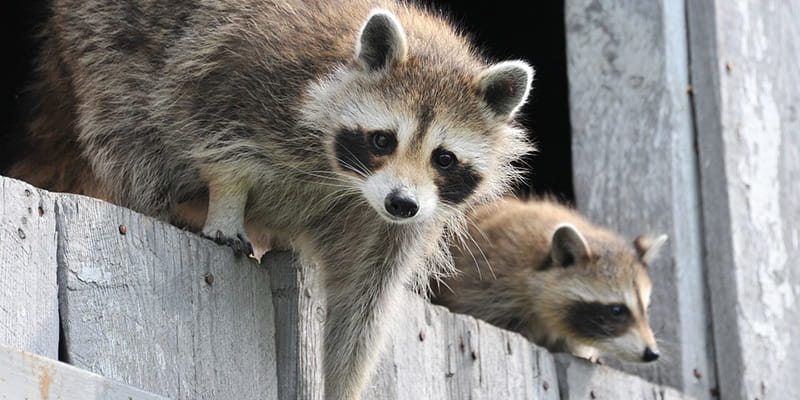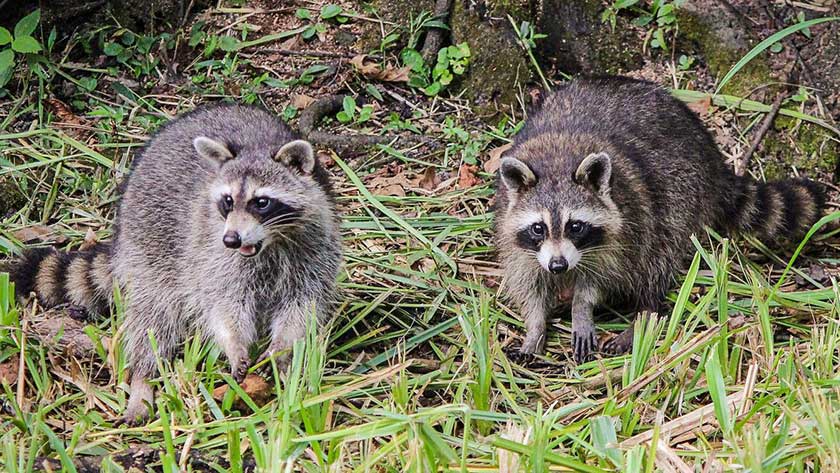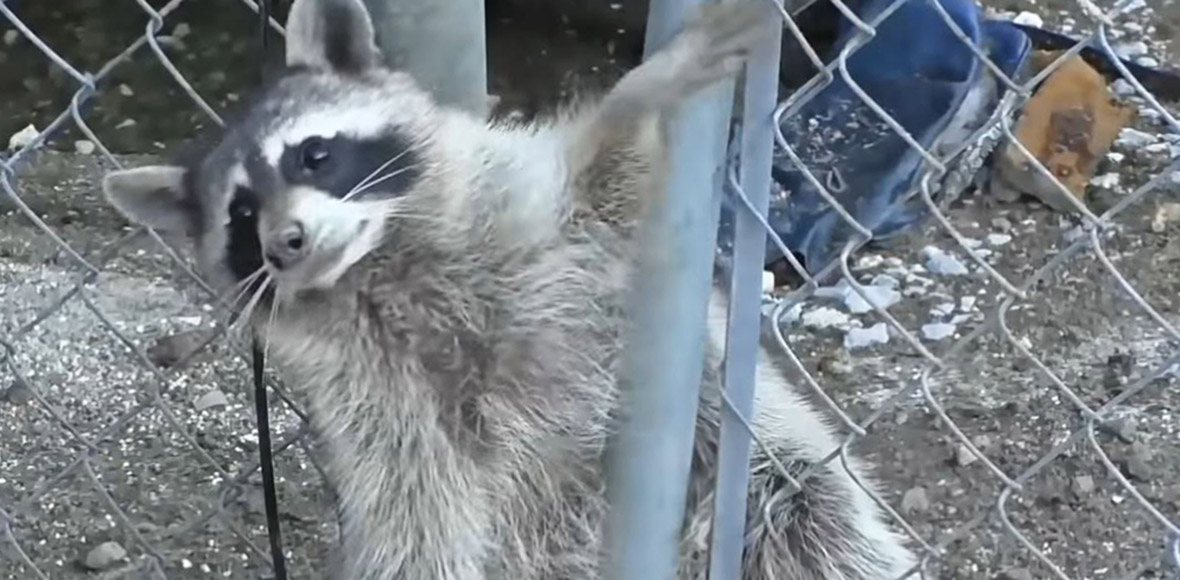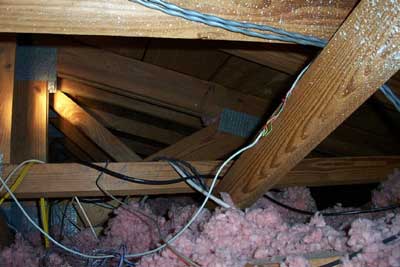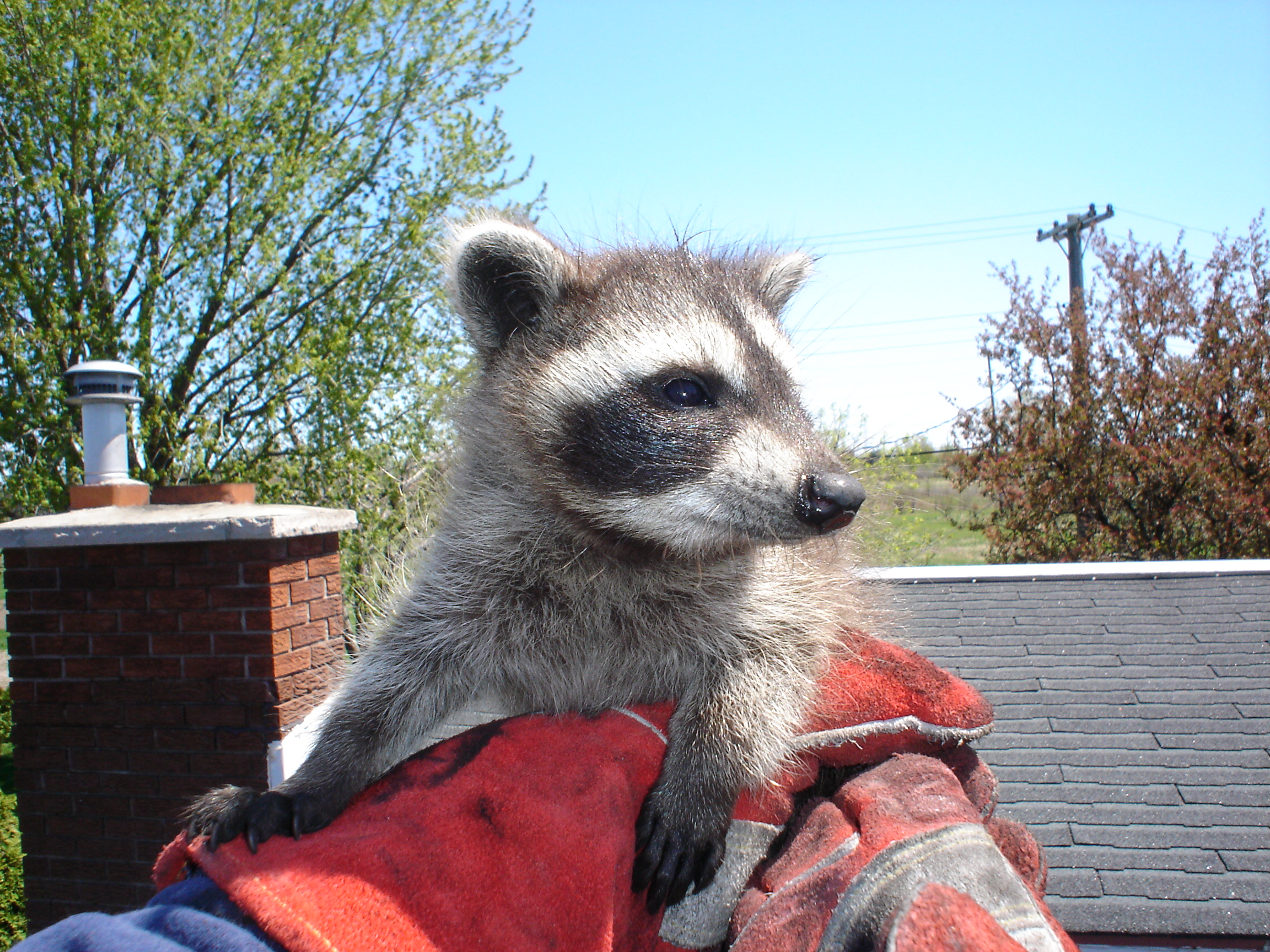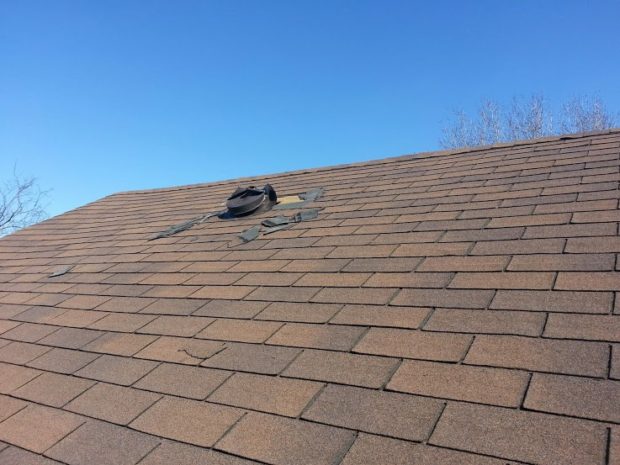Raccoons are excellent mothers and will move their babies to a new den site if given the chance but evicting a mother raccoon always runs the risk of her abandoning or getting.
Male raccoon in attic.
For instance it might tear up your walls and even rip out your roof shingles.
In fact if it is scared and determined a raccoon can cause structural damage to your attic in a matter of hours.
The good thing about having female raccoons in the attic is that you can use male raccoons to your advantage.
Search the attic carefully and find and remove the litter of baby raccoons by hand and place in sack.
The most common reason for a raccoon to enter an attic as well as pick to live there is the case of a lady that needs a safe place to deliver and raise its infants.
Yes most of the time about 80 of situations of any type of raccoon in an attic there s a litter of 3 5 baby raccoon pups.
A raccoon living in an attic from january to september should always be assumed to be a mother with babies.
It s not possible to gather round a few male raccoons to scare them out of the space they have inhabited but you can use male raccoon urine in the form of wildlife eviction fluid.
It may take a day or two for it to find a new place and transport all the young but this is another way to get them all out safely.
Inspect the home and find the entry hole s which are very large and obvious.
Be careful you don t want to orphan the baby raccoons.
Thus the scent of a male raccoon from urine and glands if spread throughout the attic will often encourage the female raccoon to move out on its own and bring its babies with it.

